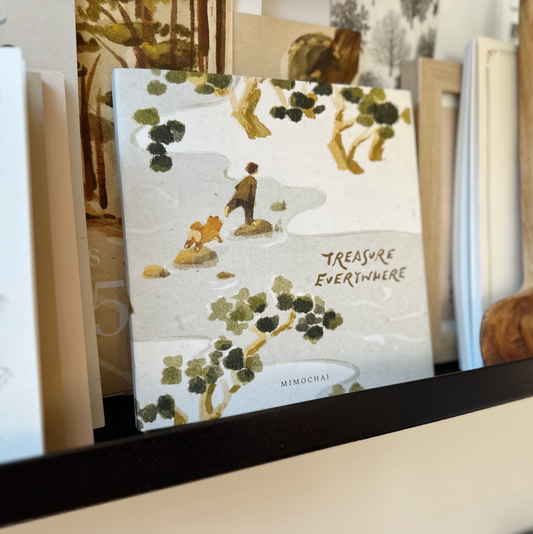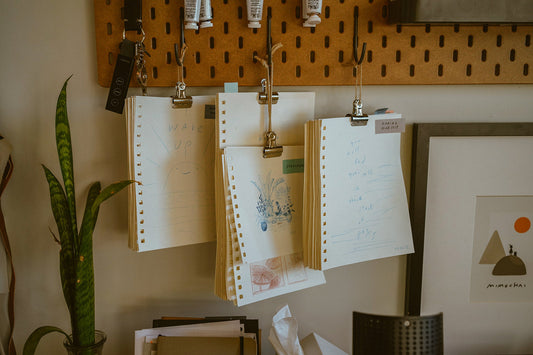
Drawing Heads, Faces, & Hands
Many beginning artists want to draw portraits in their own style, but find that drawing heads and faces can be challenging. Here are some tips for drawing heads and faces using simplified anatomy for artists. With these basics, you will have a good foundation that you can adapt to your own style or make more or less realistic.
1. Break faces down into simple shapes

Drawing heads and faces becomes easier when you break them down into simple shapes rather than going with preconceived notions about what they are “supposed” to look like. Try to envision the head as a sphere, the jaw as a shield shape, the nose as a pyramid, and the neck as a cylinder.
2. Use landmarks to place facial features
Landmarks are shortcuts that tell you where to place the features on the face. While these measurements may not match every individual precisely, they serve as good starting point for most faces. For example, most people’s eyes are placed in the middle of their head, but many beginner artists make the mistake of drawing the eyes too high. If you’re drawing a specific person, start your portrait here and tweak as needed to make it match their features.

3. Tips for Drawing Hair
When drawing hair, it is best to approach it as simple shapes (like everything else!), rather than focusing on individual strands. We create an appearance of depth, layers and shadows by drawing shapes with different values. It also helps to remember that hair wraps around the form of the head to give it more depth and realism.
4. Tips for drawing hands

Don’t be intimidated - just break them down into simple shapes and practice. Use your own hands or models to see what they look like from different angles.
The Drawing Foundations class goes into more depth on drawing portraits. Also, if you’re looking to improve your skills in figure drawing, realistic portraits, or stylized characters, check out the resources we recommend in the Drawing Foundations class. As always, observation from life and practice will help you improve. The more you explore and experiment, the more your unique style will emerge.
Happy drawing!
-M



